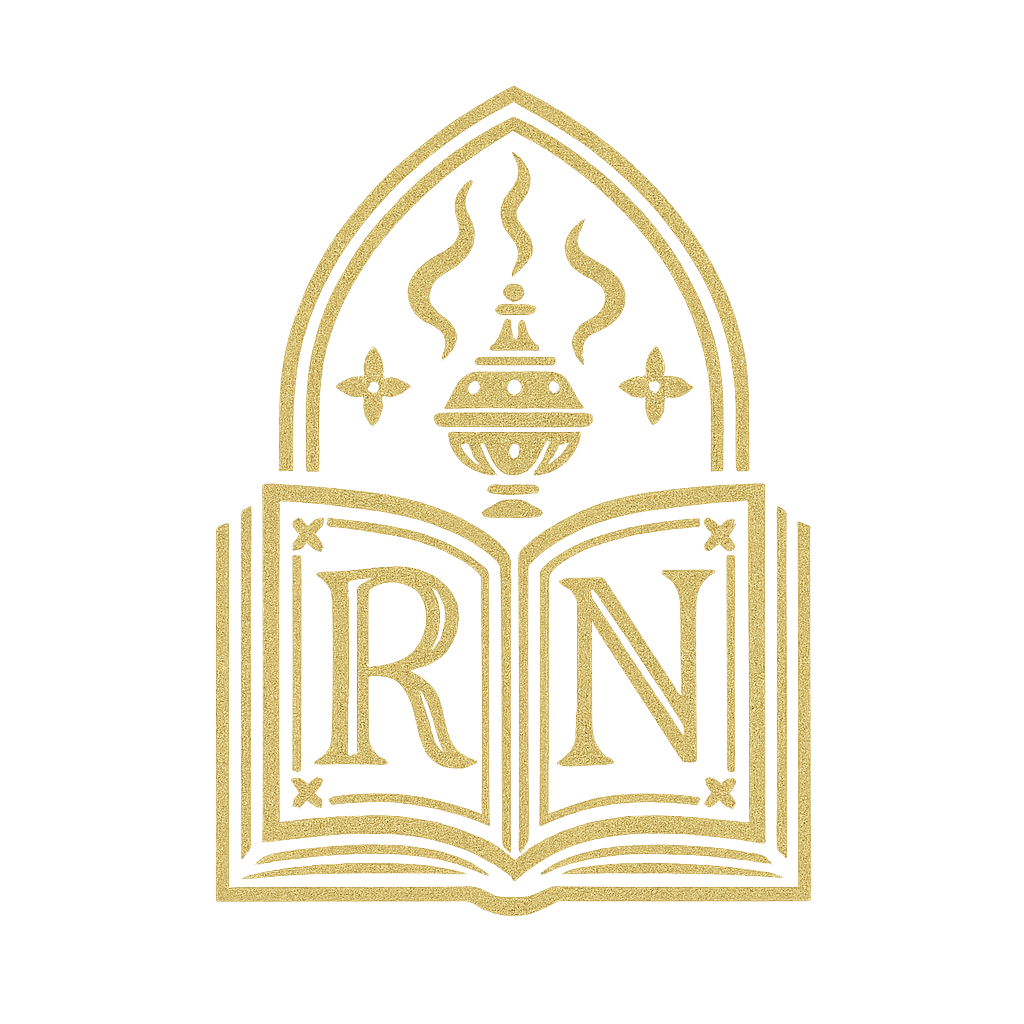Temple Theology and the Order of Creation
I am a Margaret Barker fan. I don’t understand portions of it and I’m not intellectually qualified to judge the merits of most, but it makes an awful lot of sense.
The first Temple is a major character in the Old Testament that we’ve lost sight of. I don’t read the prophets through the lens of the Temple or Genesis through the lens of its cultic activity, but Dr. Barker is making me change that.
Dr. Barker challenges us to see the creation account from the perspective of the first temple. She is very clear we should see it from the first, and not the second, temple. The problem is that we know very little about the first temple. She argues, and compellingly, that somehow this information continued to pass from generation to generation including, and especially, to the apostles and first Christians. This really hit me during Evening Prayer last week in the reading from Jude, which in verse 14 quotes the apocryphal book, Enoch. Enoch is the source, also found among the Dead Sea Scrolls, that Dr. Barker quotes most often.
For example, why is the first creation account in Genesis ordered in such an illogical way? How can there be vegetation (day 3) before the sun (day 4)? Our ancestors were not ignorant of nature’s needs. If anything, there were far more tuned in to the rhythms and realities of the natural cycle than we are. Point being - of course, they knew the plants needed the sun.
Genesis 1 is not meant to be your Earth Science textbook. The Temple, whose dimensions God gave to Moses, represented creation.
She points to Exodus 40.17-33:
And it came to pass in the first month in the second year, on the first day of the month, that the tabernacle was reared up.
And Moses reared up the tabernacle, and fastened his sockets, and set up the boards thereof, and put in the bars thereof, and reared up his pillars.
And he spread abroad the tent over the tabernacle, and put the covering of the tent above upon it; as the Lord commanded Moses.
And he took and put the testimony into the ark, and set the staves on the ark, and put the mercy seat above upon the ark:
And he brought the ark into the tabernacle, and set up the veil of the covering, and covered the ark of the testimony; as the Lord commanded Moses.
And he put the table in the tent of the congregation, upon the side of the tabernacle northward, without the veil.
And he set the bread in order upon it before the Lord; as the Lord had commanded Moses.
And he put the candlestick in the tent of the congregation, over against the table, on the side of the tabernacle southward.
And he lighted the lamps before the Lord; as the Lord commanded Moses.
And he put the golden altar in the tent of the congregation before the veil:
And he burnt sweet incense thereon; as the Lord commanded Moses.
And he set up the hanging at the door of the tabernacle.
And he put the altar of burnt offering by the door of the tabernacle of the tent of the congregation, and offered upon it the burnt offering and the meat offering; as the Lord commanded Moses.
And he set the laver between the tent of the congregation and the altar, and put water there, to wash withal.
And Moses and Aaron and his sons washed their hands and their feet thereat:
When they went into the tent of the congregation, and when they came near unto the altar, they washed; as the Lord commanded Moses.
And he reared up the court round about the tabernacle and the altar, and set up the hanging of the court gate. So Moses finished the work.
The Holy of Holies represented eternity. This is the throne of God. The Spirit of God hovers. This is the first day.
The veil represents matter. It is “the web of matter that conceals the throne of God from human perception.” In Barker’s Temple Theology, the veil is full of powerful imagery, and it all fits.
The table for the bread is next. This is symbolized by the third day of creation - vegetation - grain - bread.
The seven-branched lampstand is next. The lampstand is described in detail in chapter 37. Barker makes the connection of the seven lamps to the sun, moon, and the five known planets at the time.
For the altar of incense, Barker writes “the symbolism is no longer clear because the text of Exodus 40 differs in the Greek and in the Hebrew. It is probable that the altar represented non-human creatures.”
The high priest is connected to the creation of Adam.
I’m convinced.
